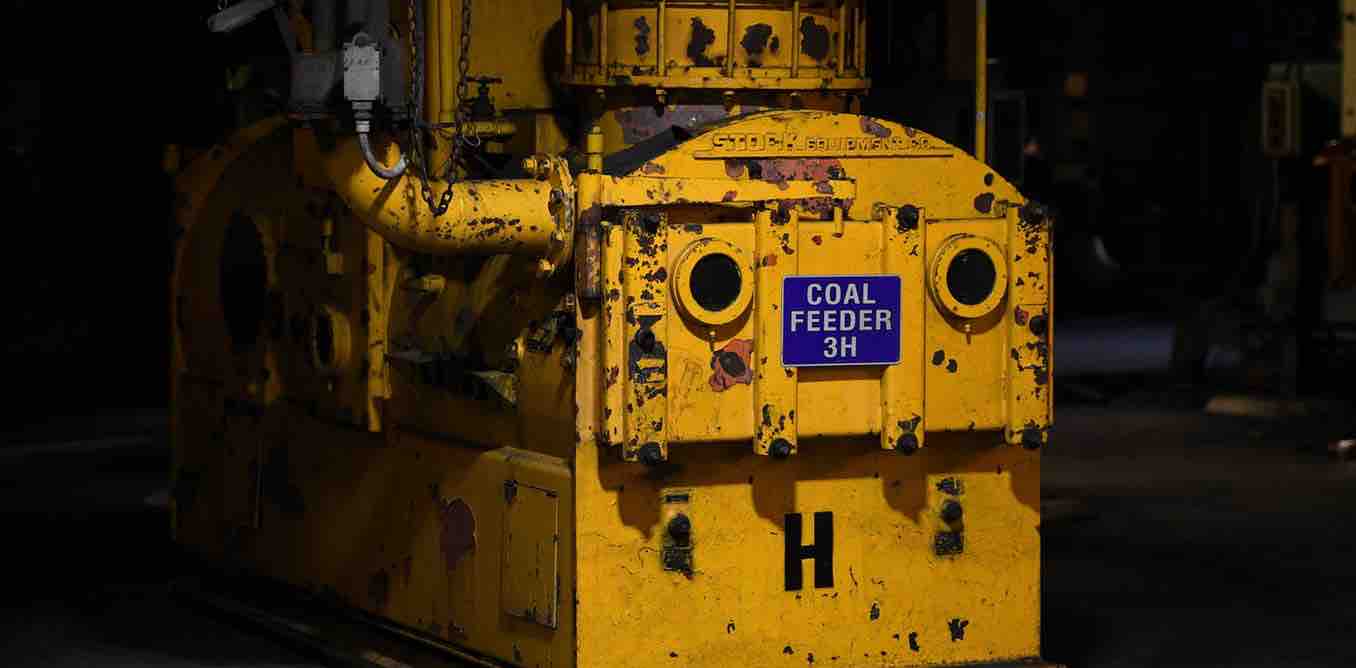The most important thing to understand about the federal government’s new National Energy Guarantee is that it is designed not to produce a sustainable and reliable electricity supply system for the future, but to meet purely political objectives for the current term of parliament.
Those political objectives are: to provide a point of policy difference with the Labor Party; to meet the demands of the government’s backbench to provide support for coal-fired electricity; and to be seen to be acting to hold power prices down.
Meeting these objectives solves Prime Minister Malcolm Turnbull’s immediate political problems. But it comes at the cost of producing a policy that can only produce further confusion and delay.
The government’s central problem is that, as well as being polluting, coal-fired power is not well suited to the problem of increasingly high peaks in power demand, combined with slow growth in total demand.
Coal-fired power plants are expensive to start up and shut down, and are therefore best suited to meeting “baseload demand” – that is, the base level of electricity demand that never goes away. Until recently, this characteristic of coal was pushed by the government as the main reason we needed to maintain coal-fired power.
The opposite of baseload power is “dispatchable” power, which can be turned on and off as needed.
Classic sources of dispatchable power include hydroelectricity and gas, while recent technological advances mean that large-scale battery storageis now also a feasible option.
Coal-fired plants can be adapted to be “load-following” which gives them some flexibility in their output. But this requires expensive investment and reduces the plants’ operating life. The process is particularly ill-suited to the so-called High Efficiency, Low Emissions (HELE) plants being pushed as a solution to the other half of the policy problem, reducing carbon dioxide emissions.
Given that there is only limited capacity to expand hydro (Turnbull’s Snowy 2.0 is years away, if it ever happens) and that successive governments have made a mess of gas policy, any serious expansion of dispatchable power would realistically need to focus on batteries.
The South Australian government reached this conclusion some time ago, making a decision to invest in its own battery storage. That move was roundly condemned by the federal government, which at the time was still focused on baseload.
The government’s emphasis on baseload was always mistaken, but the confusion and noise surrounding energy policy meant that few people understood this.
That changed in September when the Australian Energy Market Operator (AEMO) reported that Australia’s National Electricity Market faced a capacity shortfall of up to 1,000 megawatts for the coming summer, and that older baseload power stations will struggle to cope.
Clearly this situation called for more flexibility in dispatchable sources in the short term, and widespread investment in dispatchables for the long term.
A question of definition
Obviously, this presented Turnbull with a dilemma. The policy advice clearly favoured dispatchables, but vocal members of his backbenchwanted a policy to subsidise coal.
The answer was breathtakingly simple. The new policy redefines coal as dispatchable, despite it having the opposite technological characteristics.
This is not an entirely new approach. Before the government decided to abandon the proposed Clean Energy Target it put a lot of effort into redefining coal as “clean”. The approach here involved creating confusionbetween carbon capture and storage (CCS) and HELE power stations.
CCS involves capturing carbon dioxide from power station smokestacks and pumping it underground, thereby avoiding emissions. This would be a great solution to the problems of carbon pollution if it worked, but unfortunately it’s hopelessly uneconomic
By contrast, HELE is just a fancy name for the marginal improvements made to coal-fired technology over the 30-50 years since most of our existing coal-fired plants were designed and built. The “low” emissions are far higher than those for gas-fired power, let alone renewables or, for that matter, nuclear energy (another uneconomic option).
The core of the government’s plan is a requirement that all electricity retailers should provide a certain proportion of dispatchable electricity – a term that has now been arbitrarily defined to include coal.
By creating a demand for this supposedly dispatchable power, the policy discourages the retirement of the very coal units that AEMO has identified as ill-suited to our needs.
Elusive certainty?
Given that the policy is unlikely to survive beyond the next election, it’s unlikely that it will prompt anyone to build a new gas-fired power station, let alone a coal-fired plant. So the only real effect will be to discourage investment in renewables and create yet further policy uncertainty.
This undermines the basis for the (unreleased) modelling supposedly showing that household electricity costs will fall. These savings are supposed to arise from the investment certainty resulting from bipartisan agreement.
But the political imperative for the government is to put forward a policy Labor can’t support, to provide leverage in an election campaign. If the government had wanted policy certainty it could have accepted Labor’s offer to support the Clean Energy Target.
It remains to be seen whether this scheme will achieve the government’s political objectives. It is already evident, however, that it does not represent a long-term solution to our problems in energy and climate policy.
Source: The Conversation. Reproduced with permission.











